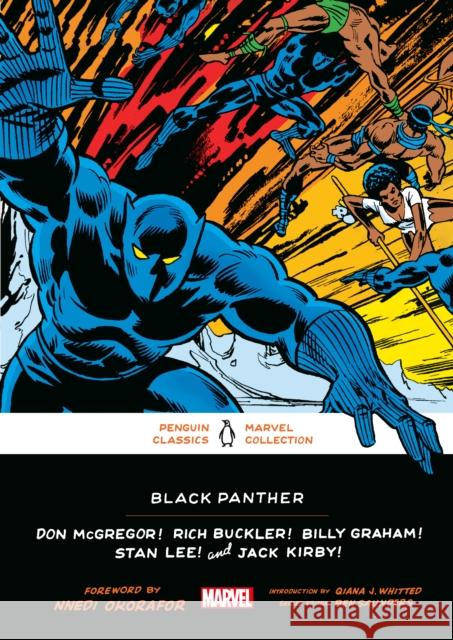Black Panther » książka
topmenu
Black Panther
ISBN-13: 9780143135814 / Angielski / Miękka / 2022 / 416 str.
Black Panther
ISBN-13: 9780143135814 / Angielski / Miękka / 2022 / 416 str.
cena 106,43
(netto: 101,36 VAT: 5%)
Najniższa cena z 30 dni: 106,13
(netto: 101,36 VAT: 5%)
Najniższa cena z 30 dni: 106,13
Termin realizacji zamówienia:
ok. 16-18 dni roboczych
Dostawa w 2026 r.
ok. 16-18 dni roboczych
Dostawa w 2026 r.
Darmowa dostawa!
Kategorie:
Kategorie BISAC:
Wydawca:
Penguin Books Ltd
Seria wydawnicza:
Język:
Angielski
ISBN-13:
9780143135814
Rok wydania:
2022
Numer serii:
001243945
Ilość stron:
416
Waga:
0.36 kg
Oprawa:
Miękka
Wolumenów:
01
Dodatkowe informacje:
Wydanie ilustrowane











